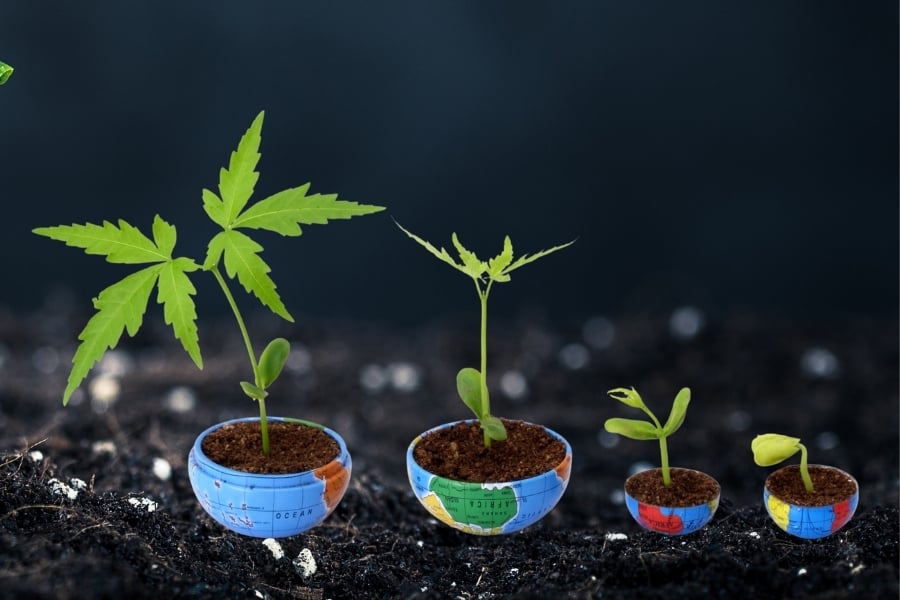What are the stages of growing a plant?
Most plants follow the same growth pattern on their way to maturity and this helps us understand them better. Plants, just like humans, don’t consume the same food or wear the same clothes during their life cycle. This means they require different nutrients throughout the process and the amount of sunlight they take is also not the same.
Knowing the stages of plant growth can help you take care of your beloved plants thoroughly as we need to determine the kinds of nutrients they need!
What are the stages of the plant life cycle?
The simplest way to describe plant growth is in 3 stages:
- Seed stage
- Growth stage
- Reproductive stage
1. Seed stage (Seed germination)
A seed is what the plant life cycle begins with! Every seed contains a miniature plant called an embryo. The hard outside of the seed is called the seed coat and it protects the embryo. The seed coats melt with moisture and allows the germination process to continue into the seedling stage.
Once the seed is in a place where conditions are necessary for its birth, (called germination) the germination phase begins. The three basic conditions for a strong start are light, water and heat, but don’t give them too much at this stage because they are still vulnerable.
How long does it take?

Usually, the seed germination stage takes about 1 or 2 weeks or even a few days. After that, the first tiny root grows in search of water and nutrients.
Gardening lingo: When a dry seed uptakes water, we call it imbibition. Imbibition means to drink; seeds imbibe water.
Store your seeds
Many seeds are able to grow even after many years if stored properly in a dry and dark location. Use this technique to save your excess seeds for a later date!
Plant seeds slightly deeper
Topsoil can be dehydrated by the heat and direct sunlight. That’s why planting a seed deeper will help the root systems avoid being choked and dried out, and helping seed coats to split easier.
2. Vegetative stage (Growth)
This stage begins when the root system can support growth and takes about 3-16 weeks.
During this period, plants are busy carrying out a process called photosynthesis (using sunlight, water, and carbon dioxide to create oxygen and energy in the form of sugar) and accumulate resources that will be needed for flowering and reproduction. They grow substantially and will continue to do so unless there is a change in the water or nutrient intake. Growth during this stage is mostly for the stem, branch, and leaf areas.
Photosynthesis
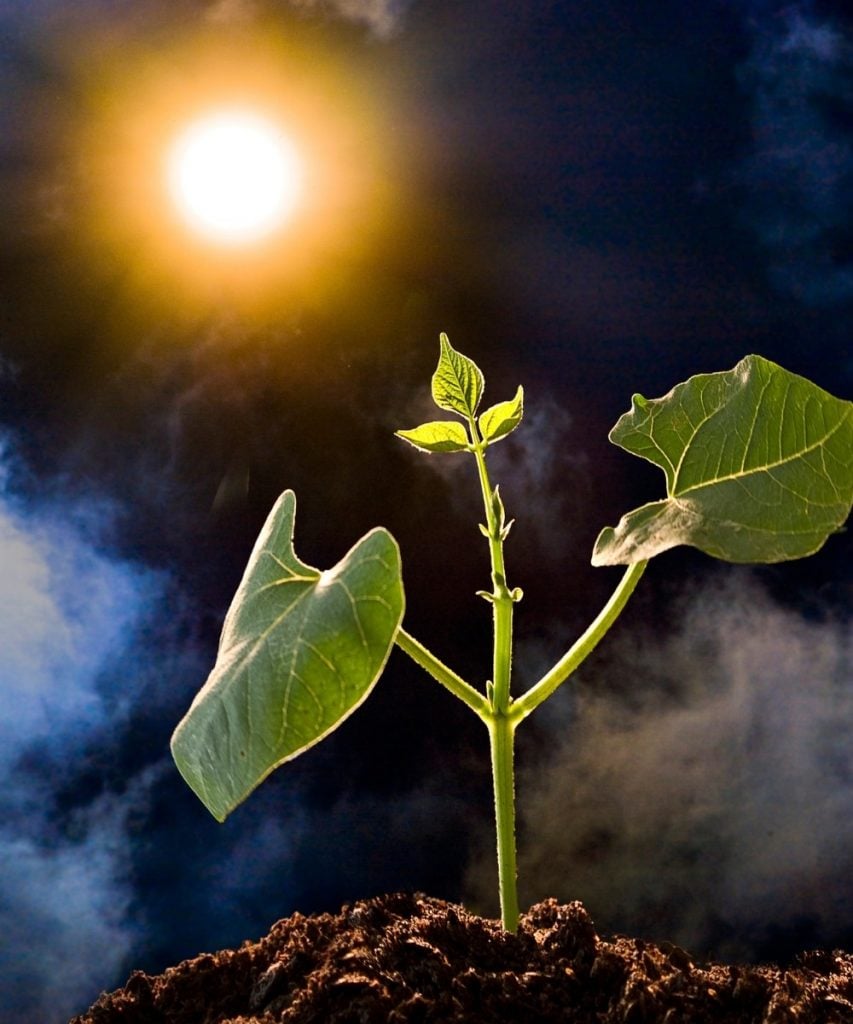
Plants collect energy from the sun, carbon dioxide, and water which the plant transfers into sugars for their own food.
For your new plant to have the healthiest roots, leaves, and stems, it’s important they have lots of these basic ingredients in the vegetative stage.
When to fertilize?
Fertilizer is most effective when used on plants at their peak plant growth cycle, which means the vegetative stage. Spring would be the best time to fertilize most plants.
A large amount of Nitrogen is needed to produce chlorophyll (the green pigment in a leaf) for when the initial seed leaves emerge. Nitrogen is found naturally in healthy soils. As it’s a really important nutrient, it’s wise to add a little nitrogen fertilizer at this stage.
Early morning watering
Drinking water in the morning has been proven healthy for humans. But what about the growth stages of plants? Early watering can ensure that roots are hydrated before the heat of the daytime begins. Your newly planted flowers need more water in the morning to form a healthy root system.
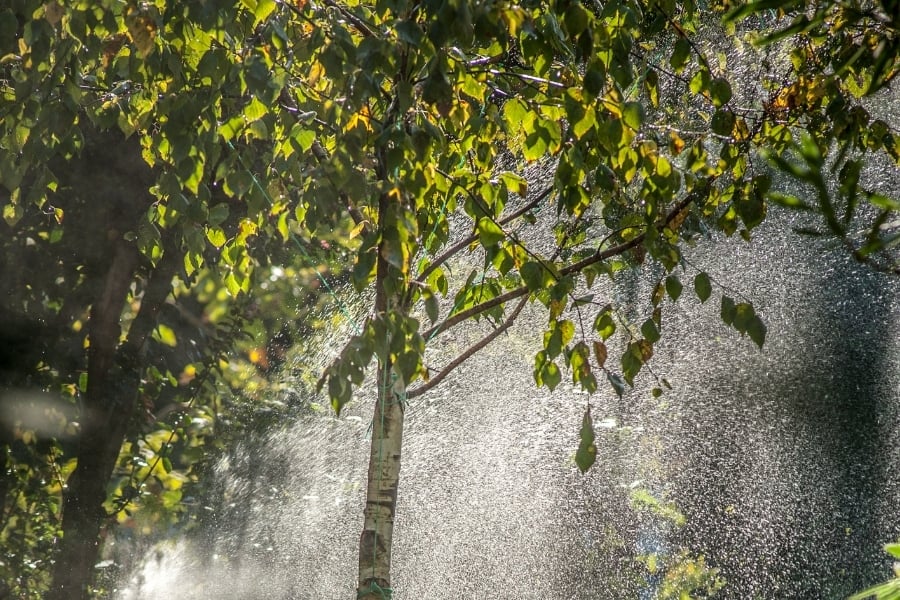
3. Reproductive, flowering and fruit stage
This is the final stage of plant growth and happens when a mature flower or plant is ready to reproduce. Since the objective now is to make new plants, any absorbed nutrients are directed to the production of flowers, fruits, pollen and seeds.
To complete this stage of growth, more food and energy needs to be produced. We now need to provide other nutrients to the plant such as phosphorus and potassium (P-K) as nitrogen is no longer the main nutrient that it needs.
Some plants take days while others take months to develop buds, which later bloom into flowers. These flowering plants have flowers that are often brightly colored and strongly scented to attract pollinators like bees or butterflies.
Pollination
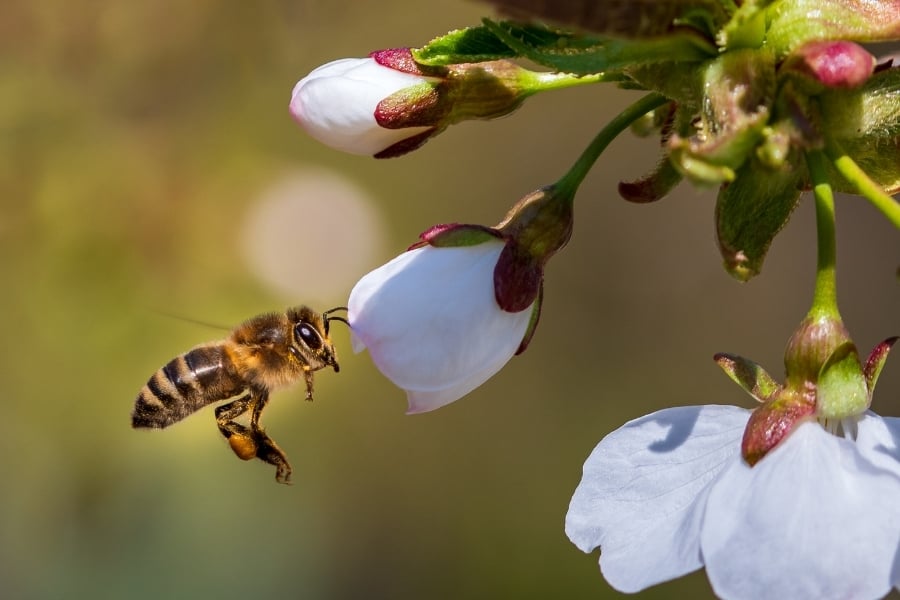
During the flowing stage, most plants will have both male and female structures and they use these to reproduce in a process called cross-pollination.
Pollination occurs when the pollen from one plant is transferred to another plant of the same kind, by pollinators such as the birds and the bees. Pollen from the male part of the plant drops or rubs onto a pollinator.
Then, the pollinator carries this pollen to another flower, where the pollen sticks to the female part. The flower becomes fertilized and later yields fruits and seeds.
Gardening trick: To make the most of this sexually reproductive period, get brightly colored plant pots for your container garden. This will attract all kinds of useful pollinators!
The distribution of seeds
Seed spreading, or dispersal, is the very last degree of the plant/flower life cycle. Seeds are spread in many ways through the wind, from animals, or other pollinators. When seeds fall onto the ground, the plant life cycle starts again. This is the ultimate goal of every plant and helps to diversify plants in general!
Ripening Fruits and Vegetables
Ripening is an inevitable process of fruits or vegetables becoming mature. Plants use up all of the nutrients they have already absorbed to produce soft and nutritious food for animals to eat and help distribute even more seeds. Sometimes, it only takes about a few days until the fruit or vegetable is edible.
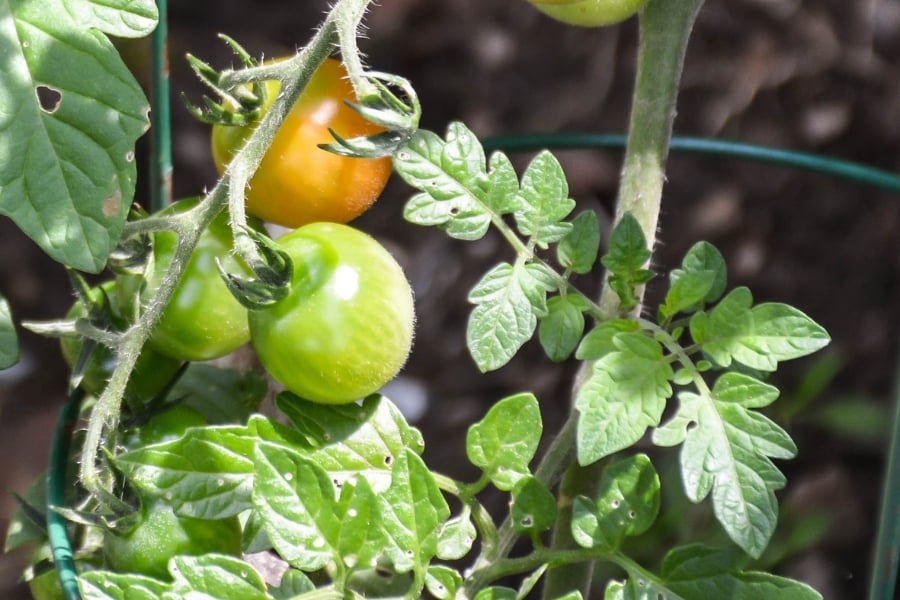
Gardening tips
Now that we have learned about the plant growth stages and their life cycle, let’s take a look at how we can grow them so that they can be in the best condition!
Start with great soil.
Your dirt is the key to having a healthy garden!
At the start of the growth stage, one of the best tips is to invest in soil that is nutrient-rich and well-drained. The more organic it is, the darker it looks (like what you may see sold in bags or bulk as “black dirt”). Always start your garden with topsoil!
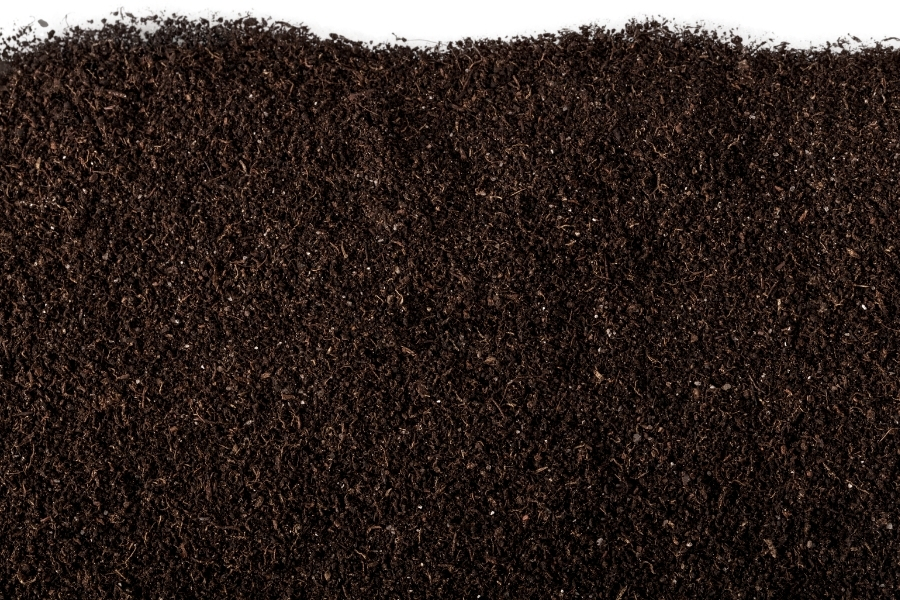
Location is everything!
Starting a garden is all about the place where plants can get the most of the surroundings. Pay attention to how sunlight plays through your yard before choosing a spot for your garden. After all, in the stages mentioned, sunlight is required during the whole cycle!
Also, choose the part of your yard where you see it regularly. This way, you will probably want to spend more time on it. You know, out of sight, out of mind!
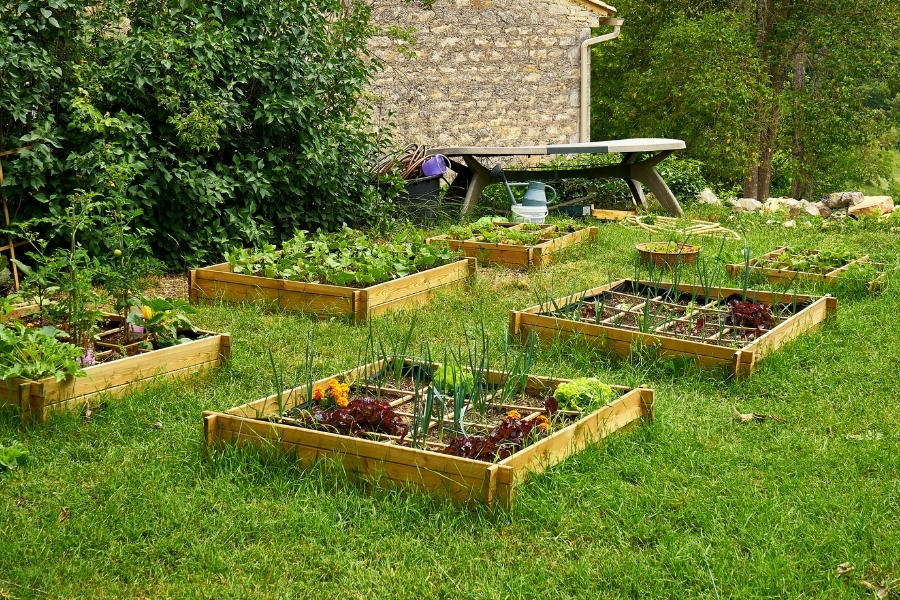
Stay close to water
This seems like an obvious tip, but don’t get caught in the struggle of having to lug water to your plants each time they get thirsty.
Water is especially important in the early stages of plant growth; your seed absorbs water to make the seed coat split, and as its first tiny root pushes out, it will die if it cannot absorb water.
So, make sure you can run a hose to your garden!
Oh and how to check if your plants need watering? Push a finger an inch deep or two down into the soil, if it feels cold and damp then it’s just about right. If it feels dry and tight, you know what to do, it’s time to water your beloved plant!
Choose the right plants.
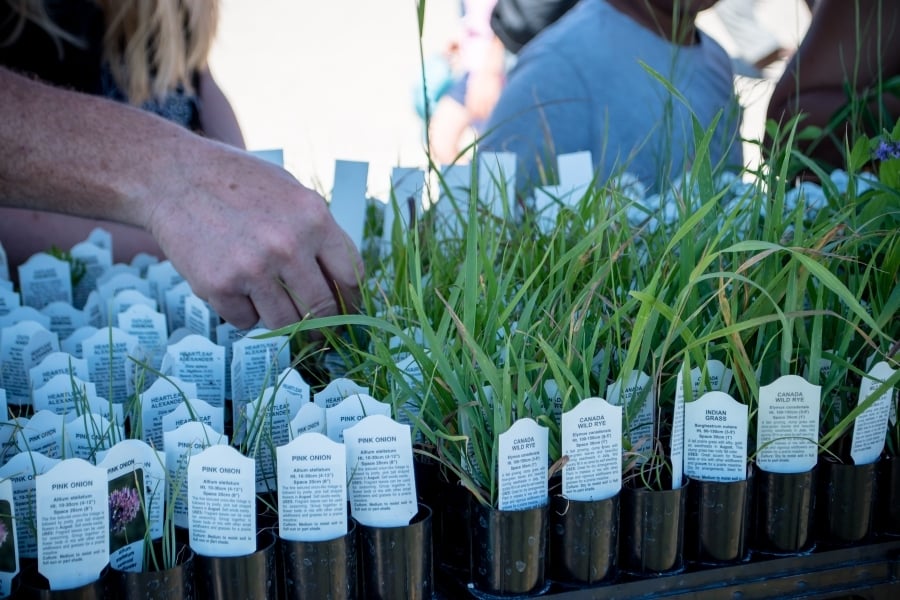
It’s not about what plants you like to grow, it’s about the plants that suit the conditions the most. Do your homework and pick varieties that will grow magnificently in your home and fit perfectly into your space!
For outdoor plants, use a planting calendar to determine the best time of year to begin your plant life cycle. Plants need the ideal environment to make it through all the stages of plant growth and reach maturity and that’s only possible at certain times of the year.
Choose the right planter
If you are considering how to plant your seeds, we recommend using planters instead of planting directly into the ground.
Here are some benefits of choosing the right planter:
Space
Saves up some space in your garden: If you use a container, it can go anywhere: on pavement, a deck, or you can even add vertical space to your garden as you can hang them! And don’t forget that different plants in different stages need different levels of sunlight, so it’s better that you can move them easily!
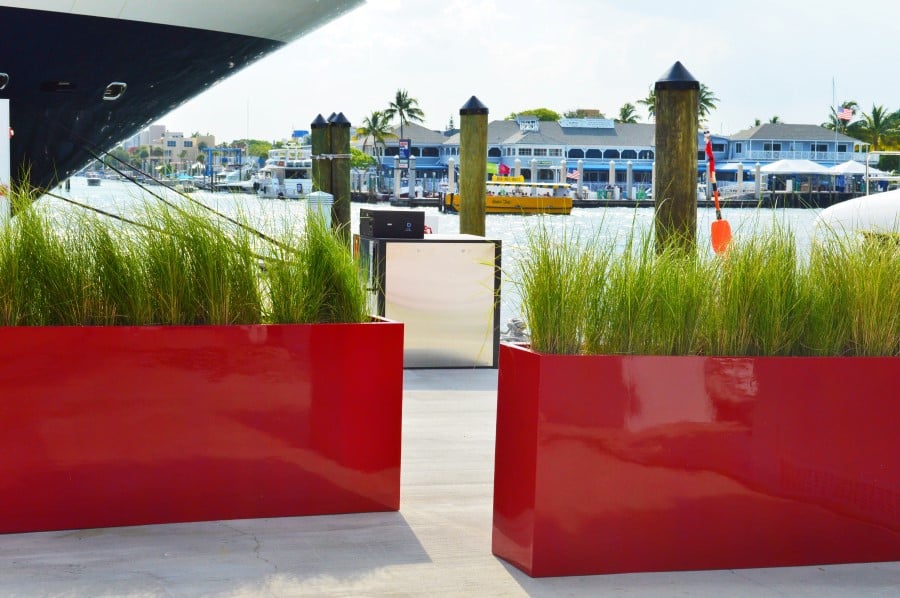
Soil
Using a planter allows you to choose or control the soil you want: When you plant in a pot, you manage the soil and can give the best-growing conditions that the soil in your garden may not have. Plants can thrive especially at the peak of the flower life cycle as the rich soil provides enough nutrients for them to do so!
Beauty
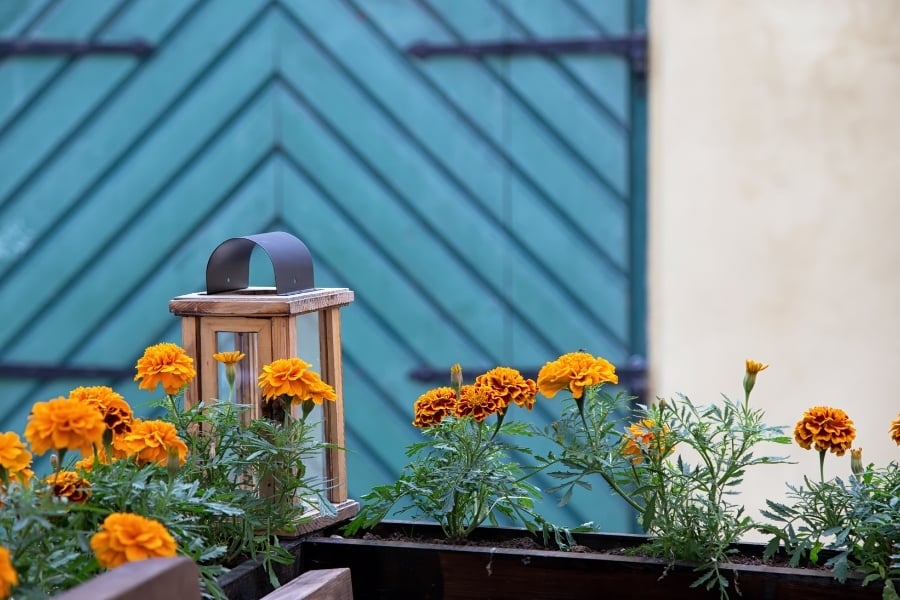
Planters add to your garden design: You can really decorate your garden with various kinds of pots, make a statement, and they look fantastic in pictures!
It isn’t just the flowers themselves that can look beautiful, the planter container itself can be a decorative piece too.
For more expert planting advice, check out our planting guide for step by step practical tips to create a thriving garden.
Or if you’re in need of a planter, what are you waiting for? Choose from our modern planters and start planting now! They can’t plant themselves!
